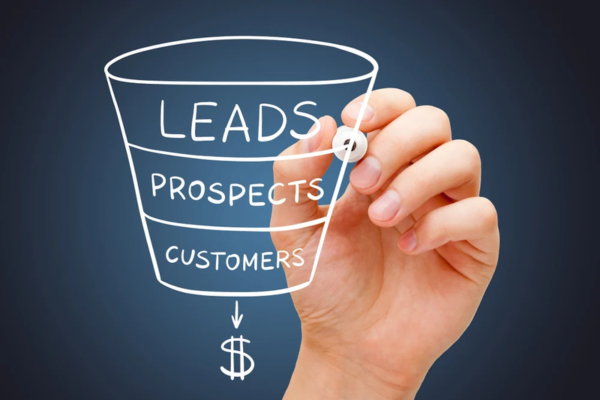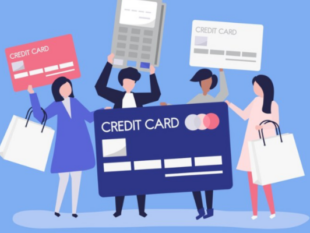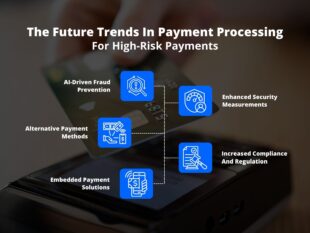The Evolution Of Sales Prospecting In The Digital Age
by Barsha Bhattacharya Our Blogs Published on: 23 April 2025 Last Updated on: 08 May 2025

An avid outdoorsman, he is thrilled that his child shares his passion for hiking and dreams of their next adventure in the wild, where they can sleep under the stars, photograph wildlife, and breathe in the crisp forest air.
He’s ready to visit outdoor stores to stock up on gear, just like he always has. But before he can even grab his keys, his child proudly announces, “Don’t worry; I’ve already ordered everything we need.”
With a few taps on a phone, high-quality tents, bear spray, and camping essentials are on their way, arriving the next day. The older generation is stunned at how digitization has changed sales prospecting.
Evolution of Sales Prospecting
No haggling, no crowded stores, no second-guessing prices. Instead, the child explains how social media and online stores already knew exactly what they wanted.
Every time they searched for hiking trails or liked outdoor pages, algorithms quietly took note. Ads for durable backpacks, lightweight sleeping bags, and waterproof jackets appeared like helpful suggestions from a friend.
Over time, they saved a few favorites, compared options, and, when the moment was right, checked out in seconds.
At first, the seasoned camper is skeptical. Can you really trust a screen over the feel of a tent’s fabric or the grip of a boot in your hands? But when the gear arrives, perfectly suited for their trip, at a price that would’ve been unthinkable in a physical store, the doubt fades.
The digital world didn’t just sell them products; it understood their needs before they even voiced them.
This shift isn’t just about convenience; it represents a revolution in how businesses locate and engage with customers. No more cold calls or generic billboards.
Today, sales prospecting happens in the quiet hum of data: tracking interests, predicting needs, and appearing at just the right moment. The child didn’t chase a sale; the sale found them, effortlessly fitting into their journey from dream to reality.
For businesses, the lesson is clear. The best salespeople aren’t just persuasive; they’re invisible, woven into the digital fabric of everyday life. And for the customer? The experience isn’t just easy; it feels almost magical.
How The Digital Age Supercharged Sales Prospecting
Remember the days when sales prospecting meant flipping through phone books, cold calling strangers, and hoping someone—anyone—would say yes? Yeah, it’s not exactly fun for anyone involved.
However, thanks to the digital revolution, finding and connecting with potential customers has become a whole lot smarter— and way less awkward. Here are six game-changing shifts that have turned sales prospecting from a guessing game into a precision-powered process:
Social Media: The Ultimate “Get to Know You” Tool
Back in the day, learning about a prospect meant asking, “So, what do you do?” Now? A quick scroll through LinkedIn, Twitter, or even Instagram tells you everything—their job, interests, pain points, and even what they had for lunch (if that’s relevant to your pitch).
Platforms like LinkedIn Sales Navigator let sales teams track job changes, company updates, and shared connections, making warm introductions easier than ever.
And with Facebook and Instagram ads, you can serve hyper-targeted messages to people who’ve already shown interest in products like yours.
AI & Chatbots: Your 24/7 Sales Assistant
Imagine having a sales rep who never sleeps, remembers every customer interaction, and instantly qualifies leads. That’s AI for you.
Chatbots on websites can greet visitors, answer frequently asked questions (FAQs), and even schedule meetings—all while collecting valuable data.
Tools like Drift and Intercom use AI to analyze customer behavior, predict who’s most likely to buy, and nudge them at the perfect moment.
Content Marketing: Selling Without “Selling”
Times have changed. You no longer need to slam your prospects with pushy sales pitches. Today, businesses offer real value through YouTube tutorials, e-books, blogs, and webinars to attract leads and solve problems before even making the first sale.
For instance, a SaaS company can publish a free guide titled “10 Ways to Boost Productivity” and receive emails from interested readers. Instead of cold outreach, they are encouraging warm leads that they actually trust for their expertise.
Predictive Analytics: Crystal Ball For Sales
Is there a way to determine which leads are likely to convert before speaking with them? There are various predictive tools, such as Clearbit or ZoomInfo, that analyze data from website visits, past purchases, and email engagement to prioritize outreach and score leads.
For example, if a prospect has visited the pricing page two to three times in a week and has downloaded the product sheet, they are more likely to make a purchase. The sales team can just get in the moment and play the number game.
Personalization At Scale: No More “Dear Valued Customer”
Generic mass emails? Straight to the trash. Today’s buyers expect personalization, and tech makes it possible without hours of manual work. Tools like Mailchimp and ActiveCampaign enable you to automate personalized emails based on user behavior.
Abandoned cart? Send a follow-up. Downloaded an ebook? Nurture them with related content. People connect with personalized emails that greet them by name.
Video & Interactive Selling: Because Text Is Boring
Let’s be real—nobody wants to read another 10-page proposal. Video prospecting (via Loom or BombBomb) lets reps send short, personalized clips that feel human and engaging.
A quick “Hey, I noticed you’re in X industry—here’s how we helped someone like you” builds trust way faster than a cold email. The more they engage, the more sales teams learn about their needs.
The Bottom Line: Sales Prospecting Got A Makeover
The digital age didn’t just change sales prospecting—it made it smarter. Instead of chasing random leads, businesses now attract, analyze, and engage prospects in ways that feel natural— and way less pushy.
The best part? These tools don’t replace the human touch—they remove the grunt work, allowing salespeople to focus on building genuine relationships.
So, if you’re still relying on cold calls and spray-and-pray emails, it’s time to upgrade. The future of sales isn’t about talking to people—it’s about being there, with the right message, at the right time. And thanks to tech, that’s easier than ever.



































































































